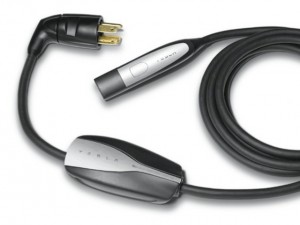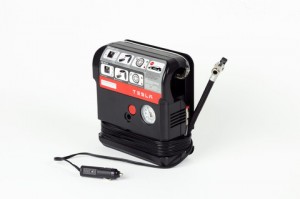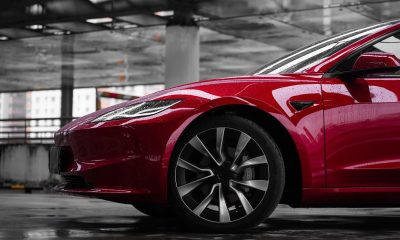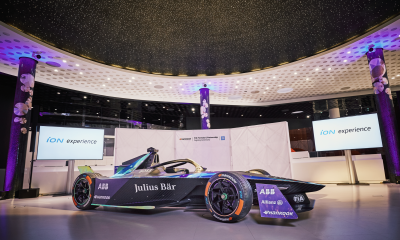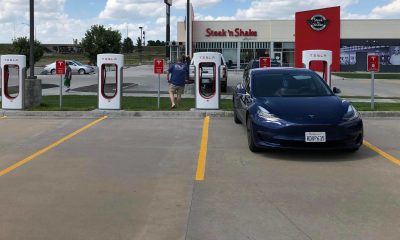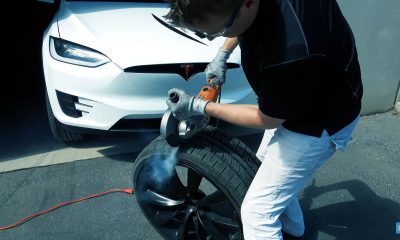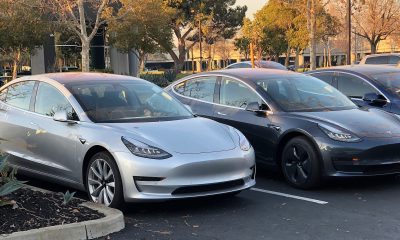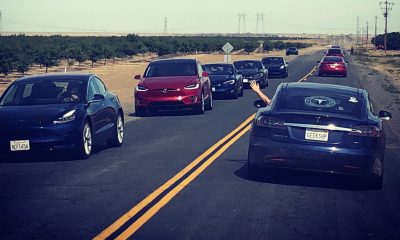Lifestyle
Reasons to Have a Tesla Tire Repair Kit and 2nd UMC
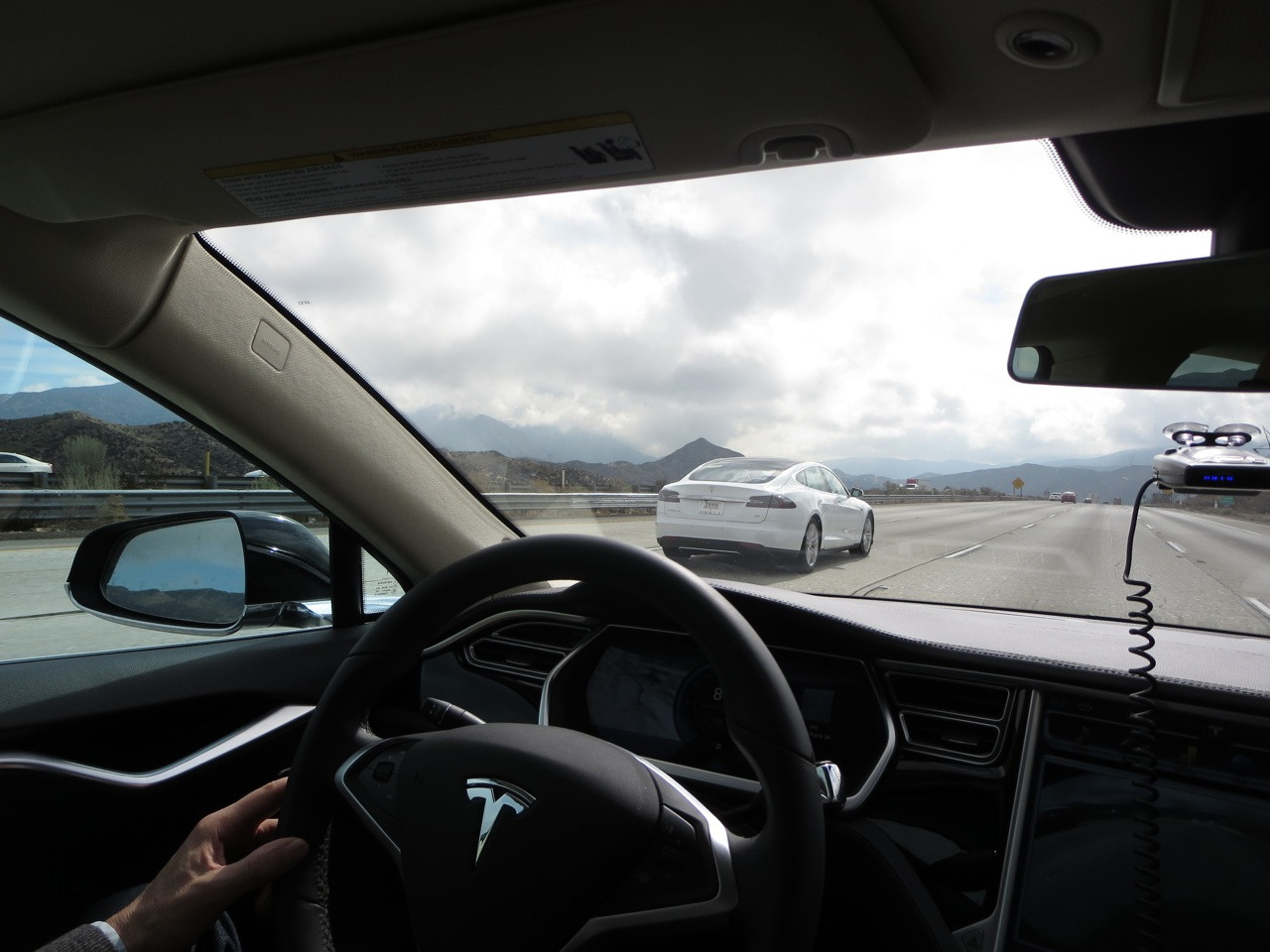
I’ve been thinking about buying a few Tesla accessories for a while now and finally broke down and picked up the Tesla tire repair kit and second Universal Mobile Connector (UMC). Although these accessories are a far departure from other common upgrades (ie. FobPocket and Center Console CCI) that Tesla owners have been known to indulge in, I thought they were necessities for several reasons.
Having a 2nd Tesla Universal Mobile Connector (UMC)
I work near the Tesla store in Natick, Massachusetts which offers two High Power Wall Connectors (HPWC) and four NEMA 14-50’s for use by Tesla owners. As one may expect the HPWC’s are in higher demand and, more often than not, are not available. While I have a lot less range anxiety these days, simply because I’ve gotten accustomed to my driving style and range capabilities of the vehicle, it’s still a great option to be able to charge for free, especially if it’s in walking distance from work.
ALSO SEE: Should You Leave Your Tesla Charger (UMC) Plugged In?
I’ve heard on many accounts that it’s not great for the NEMA 14-50 connector to be unplugged on daily basis as it causes wear on the plug itself. I suppose I can leave it plugged in all the time, but since I’m always on the go and never know know when I’ll need an extra charge, I broke down and bought a second UMC.
Forum users have suggested getting a HPWC for home as a way to keep your UMC truly mobile, but I decided against this for reasons as follows:
- Buying a 2nd UMC is approximately $600 cheaper.
- It’s nice to have a backup UMC especially on long road trips in the event one fails.
- I don’t need the fast rate of charge provided by the HWPC so there’s not much value in paying the extra cost.
I feel a lot better about having a UMC with me at all times. One thing to note is that the 2nd UMC does not come with a second J1772 adapter and only comes with a NEMA 5-15 and NEMA 14-50 adapter.
Total cost, $700.
Tesla Tire Repair Kit
I really did not want to buy one of these. Trust me – I didn’t. Tesla only wants you to use their tire repair kit only in the event you can’t reach a Tesla Service Center within a reasonable amount of time. But if you’re in a pinch and Tesla Service is no where to be found. this device can come in pretty handy.
- How to repair a flat tire on the Tesla Model S
- A Guide to Planning a Tesla Road Trip
- Top 5 Lessons from a First Tesla Road Trip
- Tesla Road Trip Battery Range Planning
What pushed me over the edge is the fact that I have a slow leak in my right rear tire. I’m losing about 10 psi per week and it made me nervous enough about my (then) upcoming NJ road trip that I sprung for the device. In addition to fixing a flat by injecting sealant into the tire, it also acts as a regular tire inflator which I thought would give me some peace of mind especially with a leaky tire.
Other fix-a-flat type products on the market operate in the same fashion, but ultimately I went with the Tesla tire repair kit since the price difference was minimal.
A couple things to note on the tire repair kit. I found it difficult to neatly wind the cables back onto the bottom of the device. I also found the metal around the pressure hose that connects to the tire valve to be poorly constructed (it doesn’t look like it will last long).
I had the opportunity to use the repair-kit, only to inflate the tire with air while on my Tesla road trip, and can say that it works great.
Summary
While the second UMC and Tire Repair kit were pricey additions to my Model S, I found them to be useful additions that help alleviate any anxieties with taking a long road trip. Tesla Motors is the only source for the UMC so you’re stuck eating that cost, but you may be able to save a few bucks on an aftermarket tire repair kit.
Tags: UMC, road trip
Lifestyle
Tesla Model S Plaid battles China’s 1500 hp monster Nurburgring monster, with surprising results
There is just something about Tesla’s tuning and refinement that makes raw specs seem not as game-changing.

The Tesla Model S Plaid has been around for some time. Today, it is no longer the world’s quickest four-door electric sedan, nor is it the most powerful. As per a recent video from motoring YouTube channel Carwow, however, it seems like the Model S Plaid is still more than a match for some of its newer and more powerful rivals.
The monster from China
The Xiaomi SU7 Ultra is nothing short of a monster. Just like the Model S Plaid, it features three motors. It also has 1,548 hp and 1,770 Nm of torque. It’s All Wheel Drive and weighs a hefty 2,360 kg. The vehicle, which costs just about the equivalent of £55,000, has been recorded setting an insane 7:04.957 at the Nurburgring, surpassing the previous record held by the Porsche Taycan Turbo GT.
For all intents and purposes, the Model S Plaid looked outgunned in Carwow’s test. The Model S Plaid is no slouch with its three motors that produce 1,020 hp and 1,420 Nm of torque. It’s also a bit lighter at 2,190 kg despite its larger size. However, as the Carwow host pointed out, the Model S Plaid holds a 7:25.231 record in the Nurburgring. Compared to the Xiaomi SU7 Ultra’s record, the Model S Plaid’s lap time is notably slower.
Real-world tests
As could be seen in Carwow’s drag races, however, Tesla’s tech wizardry with the Model S Plaid is still hard to beat. The two vehicles competed in nine races, and the older Model S Plaid actually beat its newer, more powerful counterpart from China several times. At one point in the race, the Xiaomi SU7 Ultra hit its power limit due to its battery’s temperature, but the Model S Plaid was still going strong.
The Model S Plaid was first teased five years ago, in September 2020 during Tesla’s Battery Day. Since then, cars like the Lucid Air Sapphire and the Xiaomi SU7 Ultra have been released, surpassing its specs. But just like the Model Y ended up being the better all-rounder compared to the BYD Sealion 7 and the MG IM6, there is just something about Tesla’s tuning and refinement that makes raw specs seem not as game-changing.
Check out Carwow’s Model S Plaid vs Xiaomi SU7 drag race video below.
Lifestyle
500-mile test proves why Tesla Model Y still humiliates rivals in Europe
On paper, the BYD Sealion 7 and MG IM6 promised standout capabilities against the Model Y.

BYD is seeing a lot of momentum in Europe, so much so that mainstream media has taken every opportunity to argue that the Chinese automaker has beaten Tesla in the region. But while BYD sales this year in Europe are rising and Tesla’s registrations remain challenged, the raw capabilities of vehicles like the Model Y are difficult to deny.
This was highlighted in a 500-mile challenge by What Car? magazine, which showed that the new Tesla Model Y is more efficient, cheaper to run, and more reliable than rivals like the BYD Sealion 7, and even the nearly 400 KW-charging MG IM6.
Range and charging promises
On paper, the BYD Sealion 7 and MG IM6 promised standout capabilities against the Model Y. The Sealion 7 had more estimated range and the IM6 promised significantly faster charging. When faced with real-world conditions, however, it was still the Model Y that proved superior.
During the 500-mile test, the BYD nearly failed to reach a charging stop, arriving with less range than its display projected, as noted in a CarUp report. MG fared better, but its charging speeds never reached its promised nearly-400 kW charging speed. Tesla’s Model Y, by comparison, managed energy calculations precisely and arrived at each stop without issue.
Tesla leads in areas that matter
Charging times from 25% to 80% showed that the MG was the fastest at 17 minutes, while Tesla and BYD were close at 28 and 29 minutes, respectively. Overall efficiency and cost told a different story, however. The Model Y consumed 19.4 kWh per 100 km, compared to 22.2 for MG and 23.9 for BYD. Over the full trip, Tesla’s charging costs totaled just £82 thanks to its supercharger network, far below BYD’s £130 and MG’s £119.
What Car? Magazine’s testers concluded that despite BYD’s rapid sales growth and the MG IM6’s seriously impressive charging speeds, Tesla remains the more compelling real-world choice. The Model Y just offers stability, efficiency, and a proven charging infrastructure through its Supercharging network. And as per the magazine’s hosts, the Model Y is even the cheapest car to own among the three that were tested.
Watch What Car? Magazine’s 500-mile test in the video below.
Lifestyle
Tesla Cybertruck slapped with world’s least intimidating ticket, and it’s pure cringe
One cannot help but cringe and feel second-hand embarrassment at the idea of a person just driving around with a stack of these babies.

A Cybertruck parked at Stanford Shopping Center in California was recently hit with what might be the most try-hard piece of paper ever slipped under a wiper blade: a “fake citation” accusing the driver of supporting a “fascist car.”
The note, shared on X by Tesla staff program manager Ryan Torres, quickly made the rounds on X, where it quickly gained attention as an example of how not to protest.
The world’s least intimidating ticket
According to the citation, the supposed “violation” was “driving a fascist car.” The remedial action? Take the bus, call an Uber, or ride a bike. The note also dubbed Elon Musk a “chainsaw-wielding Nazi billionaire.” Now, protests against Tesla and Elon Musk have become commonplace this year, but one cannot help but cringe and feel second-hand embarrassment at the idea of a person just driving around with a stack of fake anti-Tesla/Musk citations.
Torres pointed out the irony himself in his post on X. Tesla currently employs over 140,000 Americans, and SpaceX has put the U.S. firmly back at the top of space technology. As Torres put it, maybe the person behind the world’s least intimidating ticket should “read a book on innovation before vandalizing” other people’s property.
Peak performative clownery
Not to mention that the fake ticket’s logic collapses under its own weight. EVs like the Cybertruck are literally designed to reduce emissions, not “destroy the economy.” If anything, Tesla has bolstered the United States’ economy by fueling jobs in engineering, manufacturing, and clean energy. It’s not the first time a Tesla has been the target of vandalism or politically charged notes, but this one stands out for sheer cringe value.
Torres summed it up neatly: “Peak clownery.” On that point, at least, the citation earns full marks. In a way, though, perhaps cringe fake tickets are not as bad as the literal firebombs that were being thrown at Tesla stores and cars earlier this year because some critics were gleefully misinformed about Elon Musk.
-
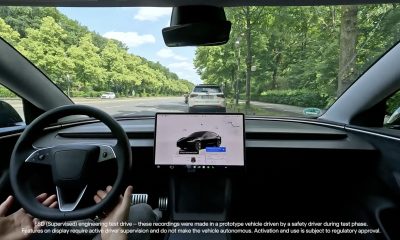
 Elon Musk2 weeks ago
Elon Musk2 weeks agoTesla FSD V14 set for early wide release next week: Elon Musk
-
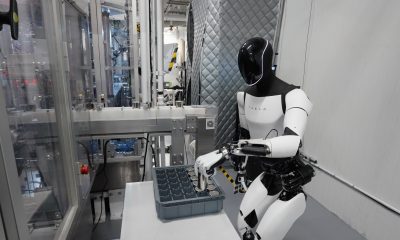
 News1 week ago
News1 week agoElon Musk gives update on Tesla Optimus progress
-
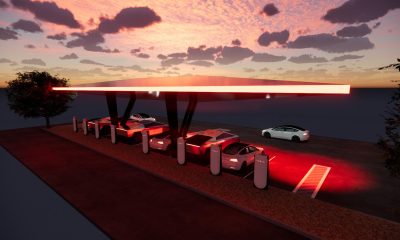
 News2 weeks ago
News2 weeks agoTesla has a new first with its Supercharger network
-
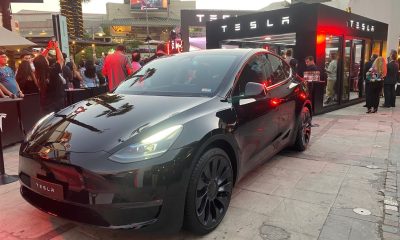
 News2 weeks ago
News2 weeks agoTesla job postings seem to show next surprise market entry
-
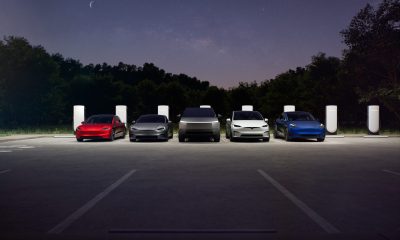
 News2 weeks ago
News2 weeks agoTesla makes a big change to reflect new IRS EV tax credit rules
-
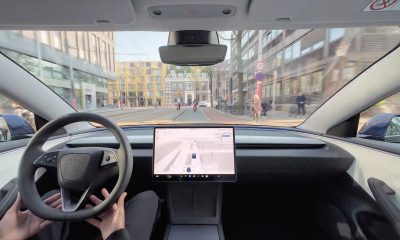
 Investor's Corner2 weeks ago
Investor's Corner2 weeks agoTesla gets new Street-high price target with high hopes for autonomy domination
-
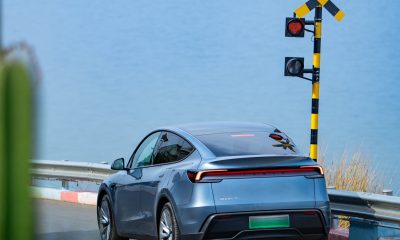
 Lifestyle1 week ago
Lifestyle1 week ago500-mile test proves why Tesla Model Y still humiliates rivals in Europe
-
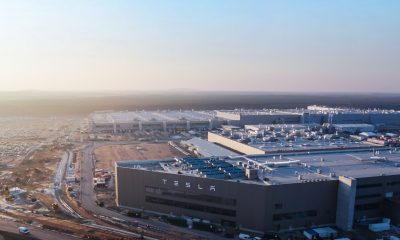
 News1 week ago
News1 week agoTesla Giga Berlin’s water consumption has achieved the unthinkable

